Podcasts have seen explosive growth in popularity in recent years, and multimedia experience is something more and more employers will be looking for. If you don’t have the opportunity to experiment with audio in your current role, starting your own podcast can be a great way to get your feet wet in the medium.
And, the great news is it’s not that hard to get started. Thanks to the easily accessible tools available today for recording, editing and distributing audio content, it doesn’t take much more than time, motivation, a laptop and internet access to launch a podcast.
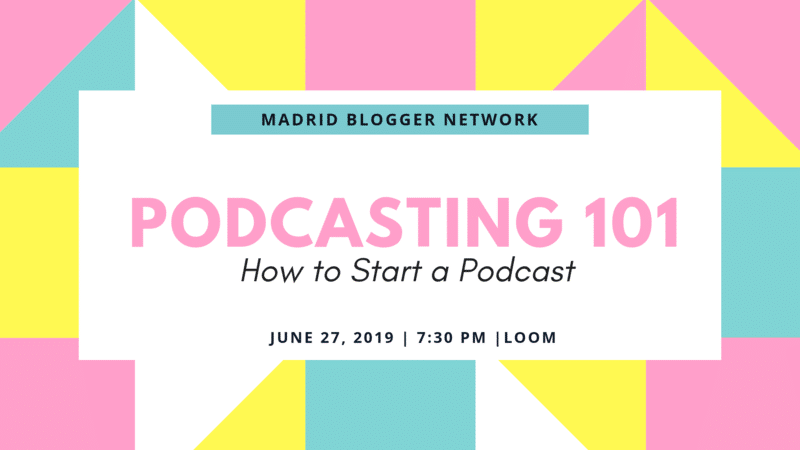
I recently attended a Madrid Bloggers Network event, where podcasters Marietta Sandilands and Cepee Tabibian shared how they got started with the medium. Both took a super low-cost approach and managed to produce quality work and attract hundreds of followers in a pretty short amount of time.
Marietta Sandilands, founder of Project Pod
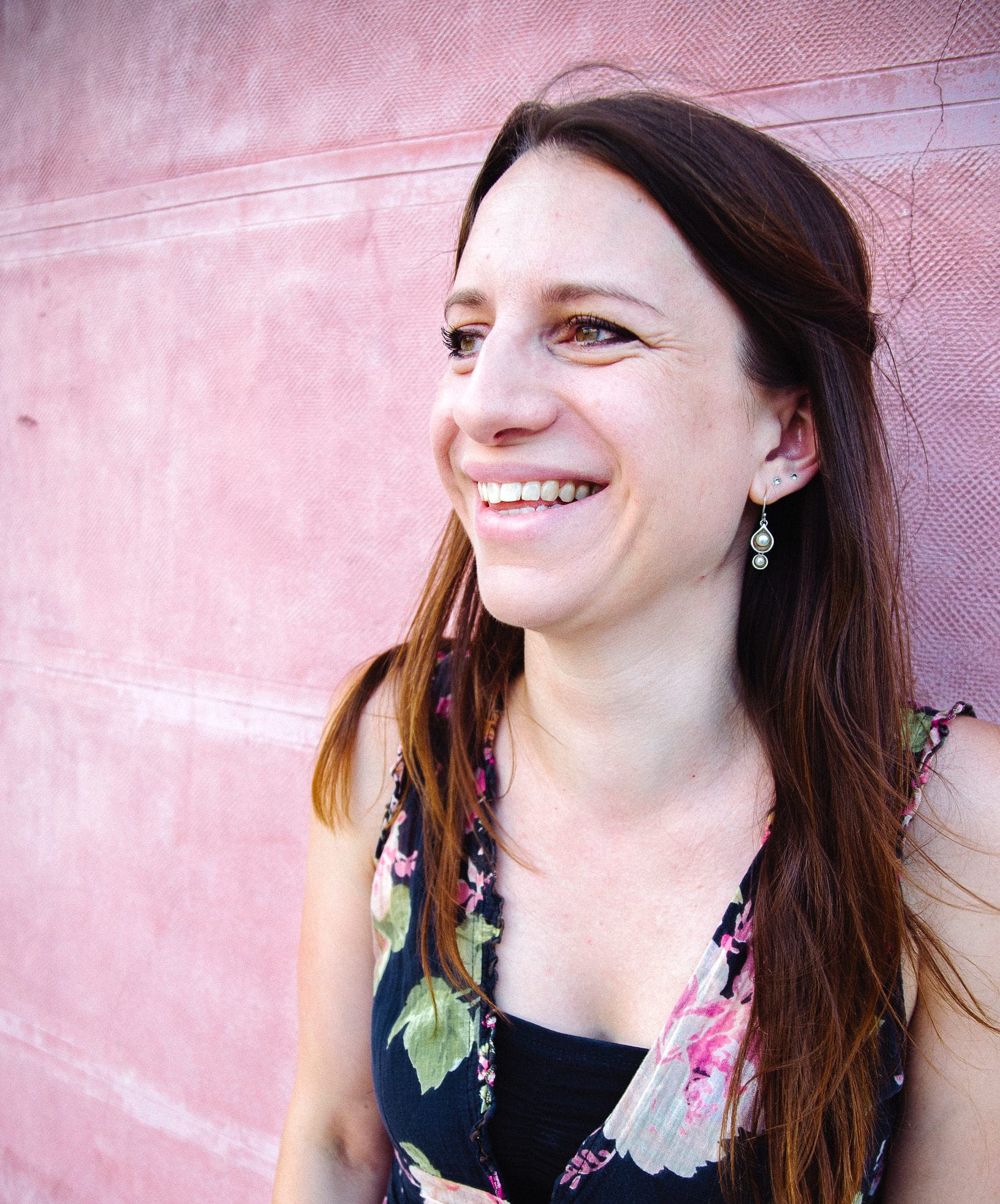
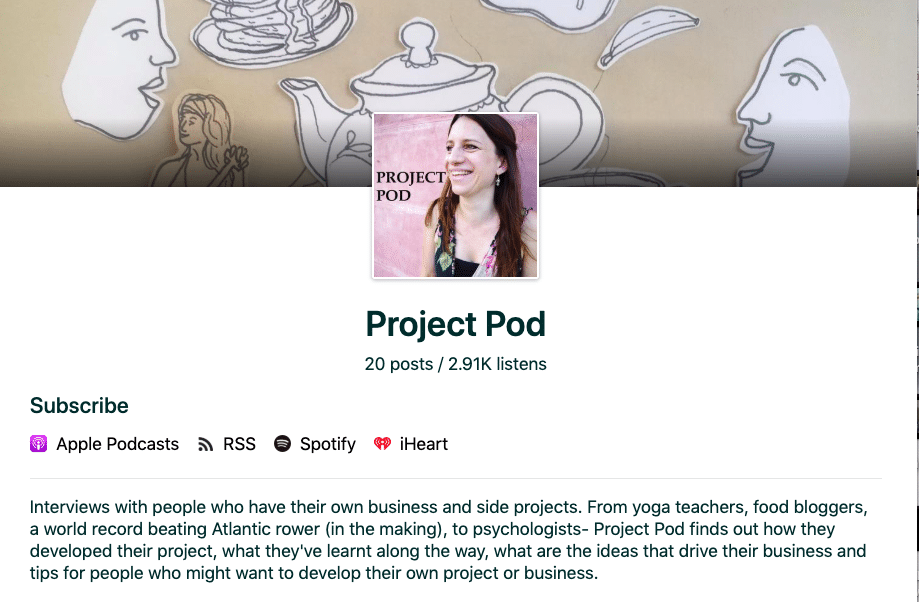
Marietta’s podcast is called Project Pod, where she interviews people who took a chance on going out on their own. She’s interviewed people who have started their own yoga school, created a popular food blog, or even taken on ambitious world-record beating attempts.
With her background in psychology, she’s great at getting people to open up in the interviews and share personal insights. I know, because I was featured on Marietta’s podcast myself! Marietta started her project as a hobby because she loves podcasts and learning about people. She wanted a reason to set up in-depth interviews with people she found interesting. She wasn’t so concerned about listenership or earning money. She just wanted to put herself out there and try something new. She’s been publishing her podcasts monthly for over a year and has slowly grown a following. It also helped her transition from her career as a psychologist in the UK to doing content work for brands, which she can do remotely from Madrid.
Cepee Tabibian, founder of She Hit Refresh
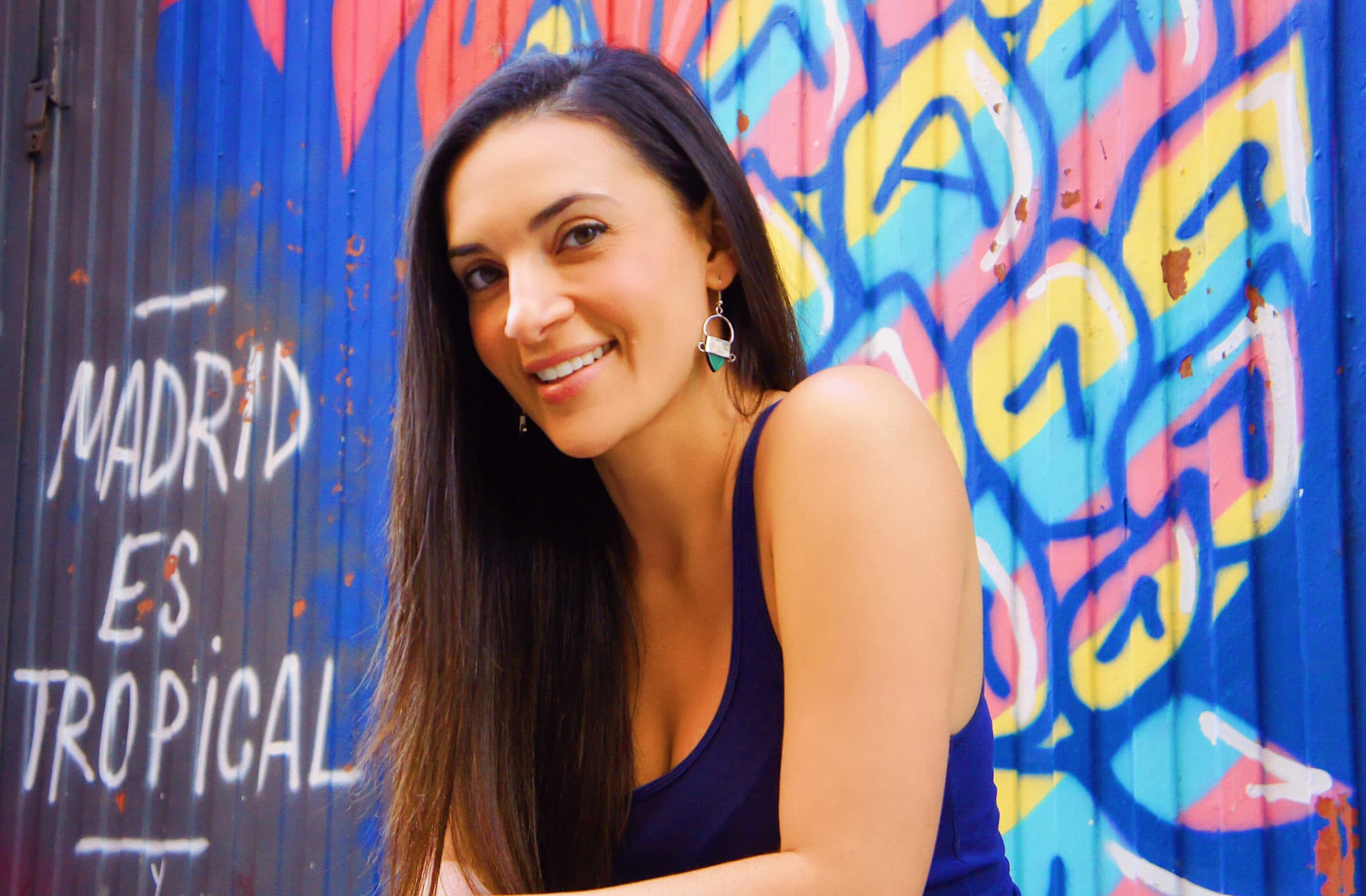
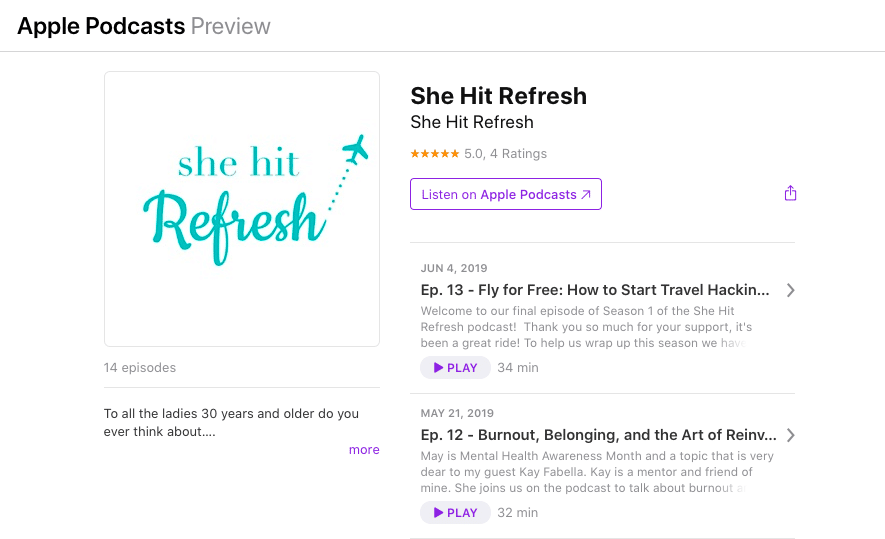
Cepee started her bi-weekly She Hit Refresh podcast as an extension of her successful online community, also called She Hit Refresh. She thought it would be a great way to engage her users, let them hear her voice, and extend her reach. By interviewing other influencers in the community; they would share with their networks. Cepee just recently launched her podcast, and she got early listenership mainly by promoting in her existing Facebook community with over 4,000 members. Having her own podcast is one of many ways that Cepee has raised her public profile, which is part of what’s made her a sought-after social media and content consultant.
Here you can see Cepee and Marietta’s full presentation, as well as a handout that they shared. Meanwhile, I’ll go a bit more in depth on the specific recommendations they gave for getting started with a Podcast. And I’ll also chime in a bit with my own limited podcasting experience!
Finding a podcast hosting platform
A podcast hosting platform is a place where you can organize all your podcasts, titles and show notes, and push it out to different services, such as iTunes and SoundCloud. Learn more about why you’ll need this service, and check out this extensive lists of different hosting options.
Here’s what our friends Cepee and Marietta recommend:
- Anchor.fm – This is the free platform that Cepee uses. She mentioned that because it’s free if you read the fine print it says that while the content you share via the platform belongs to you; they have the right to use it for promotional purposes or otherwise. She said that hasn’t been a big concern for her so far, but she may consider changing in the future because of that once her following grows.
- AudioBoom – This is the paid platform Marietta uses, and she chose it because others recommend it for being user friendly. On this platform, AudioBoom doesn’t have any license to use your content. Another handy feature she mentioned is that you can schedule your podcasts to publish in the future.
Selecting a microphone
Cepee and Marietta said a good quality, stereo microphone generally costs between 80-150 euros, and you can see some additional recommendations they compiled in this handout. An alternative option is to just use an app on your computer or smartphone to record, using the built-in microphone. It’s a good way to get started; and then you can invest in better equipment later.
Two types of microphones to consider:
- USB microphones: Cepee uses a microphone called the Blue Yeti. This is a popular one for people who record their podcasts online via Zoom or another platform. This way you use the better quality microphone to record your voice instead of the internal microphone on the computer. However, if you’re using Zoom, the person on the other side of the call would be recorded with whatever microphone they are using. If you need it to be portable (to do in-person interviews on site, for example), you can get an adapter to connect the USB mic to your smartphone. It does need to be connected to some kind of app on a computer, phone or tablet in order to store the recording.
- Portable microphones: Marietta uses a totally portable microphone with a built-in recorder, the Tascam DR-05, as she does most of her interviews in person. When you record on a portable recorder you later need to upload to a computer to publish. As it doesn’t work as an external microphone on a computer, when recording via Zoom she uses a headset with an embedded mic. The audio doesn’t end up being as high quality, but it gets the job done!
Setting up a way to record phone calls or video conferences
By using video conferencing software, you can record the audio to use in a Podcast. A few options:
- Zoom: Both highly recommended this software, as it is totally free and has the built-in functionality to record. It also records using each person’s microphone, so the quality is quite good. Your interviewee can join via the web interface, so they don’t need to download the Zoom app, which is a big plus. You can also have multiple callers, if you want to record a group conversation.
- Skype: You need to use external software in order to record as the functionality isn’t built into Skype. I have used “Skype recorder” but the problem with it is that only records from my microphone. That means the quality of my voice sounds good, but the quality of the person I am interviewing sounds horrible. I would rule out Skype, unless there is some other recording software that lets you record from the other person’s microphone.
- Anchor.fm: Anchor lets you record directly on the platform, and the quality is good. The problem is that the person you are interviewing also needs to have the Anchor app in order to use it. So it’s not convenient.
Marietta shared a story of scoring an interview with a very high-level person; but when they weren’t able to connect via Zoom they gave up and weren’t willing to reschedule the call.
Both she and Cepee recommended having a backup option for recording in case you have technical difficulties with one platform.
I used to appear on the Tech.eu podcast, which didn’t use an interview format. It was a conversation over Skype with a colleague of mine, and if there were problems, we would start over or schedule another time. (Note: We didn’t know about Zoom back then, and we used to each record the podcast individually, and then splice the audio together to address the quality issue.)
However, for an interview-style podcast, I’d recommend looking into software and devices that can record a normal phone call as a backup, in case there are Internet connectivity problems altogether.
Choosing your schedule and format
- Duration: Both recommended rather than having an ongoing podcast to release seasons promising a certain number of episodes. For example, Cepee released her first season with 13 episodes and then took a little break to plan for the next season.
- Frequency: They said every two weeks is a good posting frequency. The minimum would need to be once a month, and ideal is every week to establish regular listenership. Marietta publishes every month, and Cepee every two weeks.
- Length: There’s really no right or wrong length for a podcast. Some of the world’s most popular podcasts last several hours, while others are as short as five minutes. Whatever format you choose, the important thing is that it’s engaging and you’re not boring your listeners. If you’re a first-time podcaster, you might want to start out with something on the shorter end. A good longform podcast requires great storytelling skills to keep the listener engaged, and of course will take longer to plan and edit.
Establishing an editing process
Both Marietta and Cepee recommended using free editing software. They said it can take 4-6 hours to edit themselves, taking out the ums, cutting irrelevant bits, stabilizing volume and things like that. For an experienced professional, it’ll probably take less time, so you might consider outsourcing this job.
- Marietta uses Audacity for PC. She does it all herself, and she also takes some short audio clips and puts it with video to promote on social media.
- Cepee uses Garage Band for Mac. Although she outsources most of her editing; which costs her around $40 to $60 USD per episode for basic editing. She says this is on the low end on what you can find for this kind of work on sites like Upwork and Fiverr.
Ready set… get recording!
We all know how important it is to have a stellar portfolio for landing content creation gigs. If you’ve already experimented with blogging and social media; starting your own podcast can be a great next step to demonstrate your content creation skills. If nothing else, Marietta noted that it’s a great way to learn more about yourself and become a better content creator and presenter.
Check out our new podcast The Content Mix, featuring daily interviews with content and marketing professionals across Europe!

